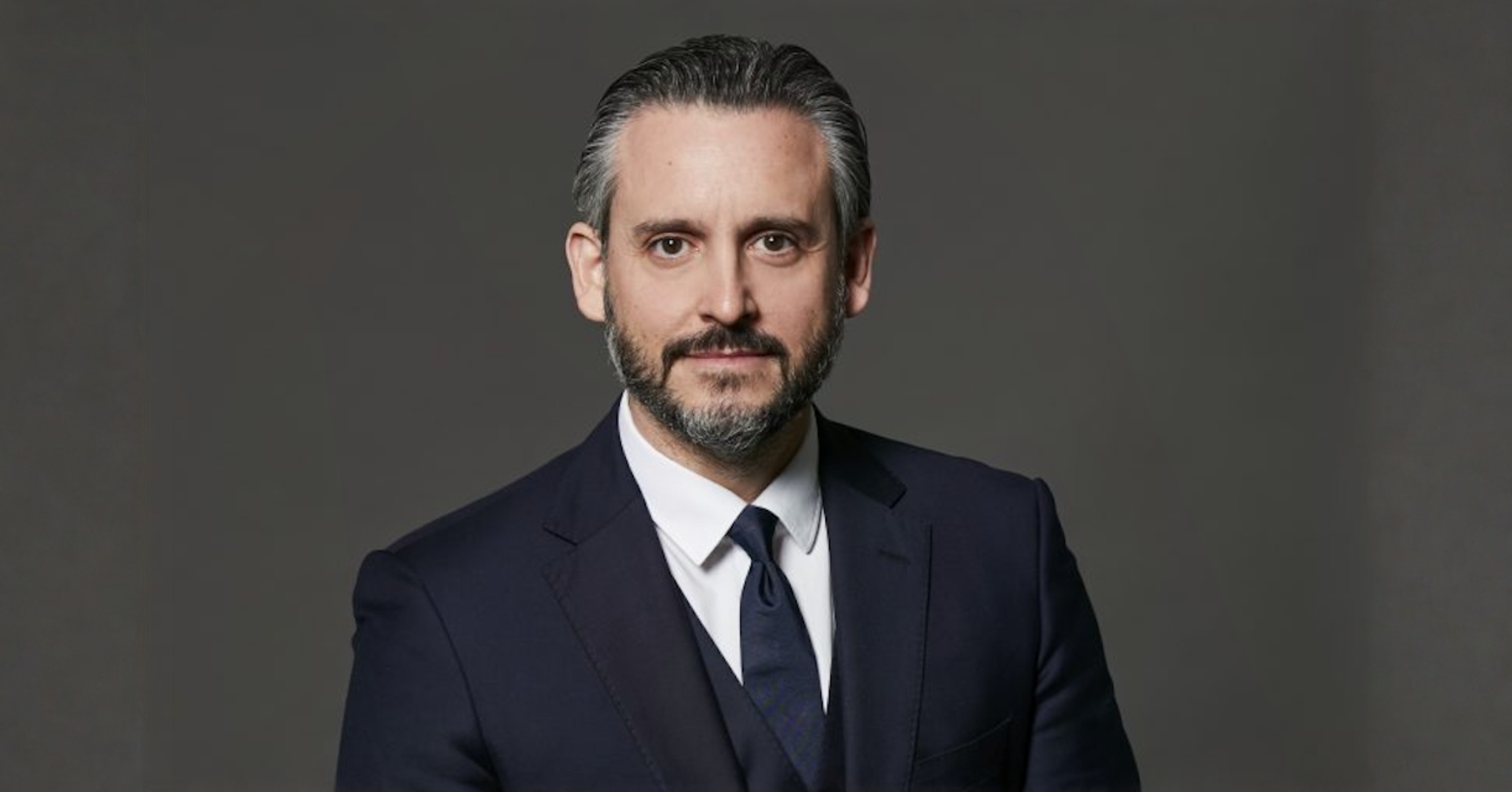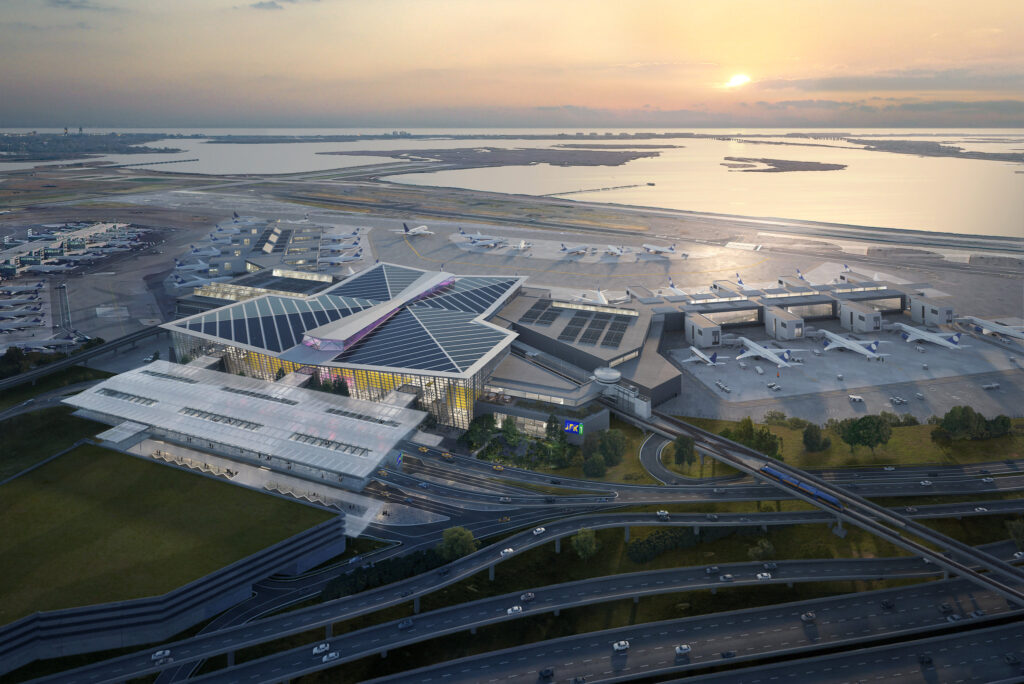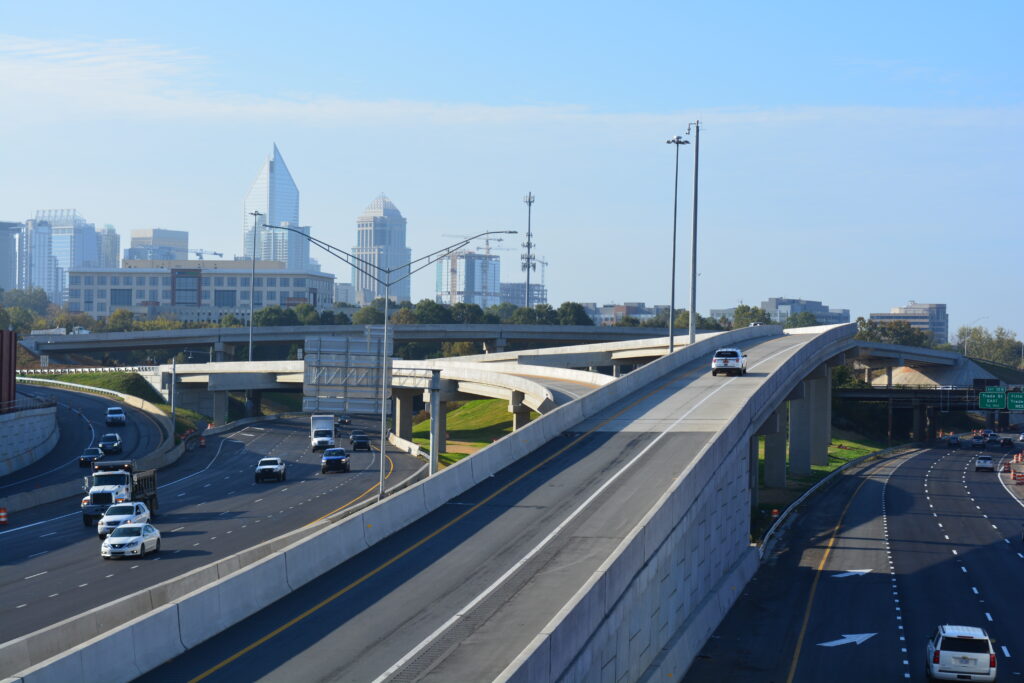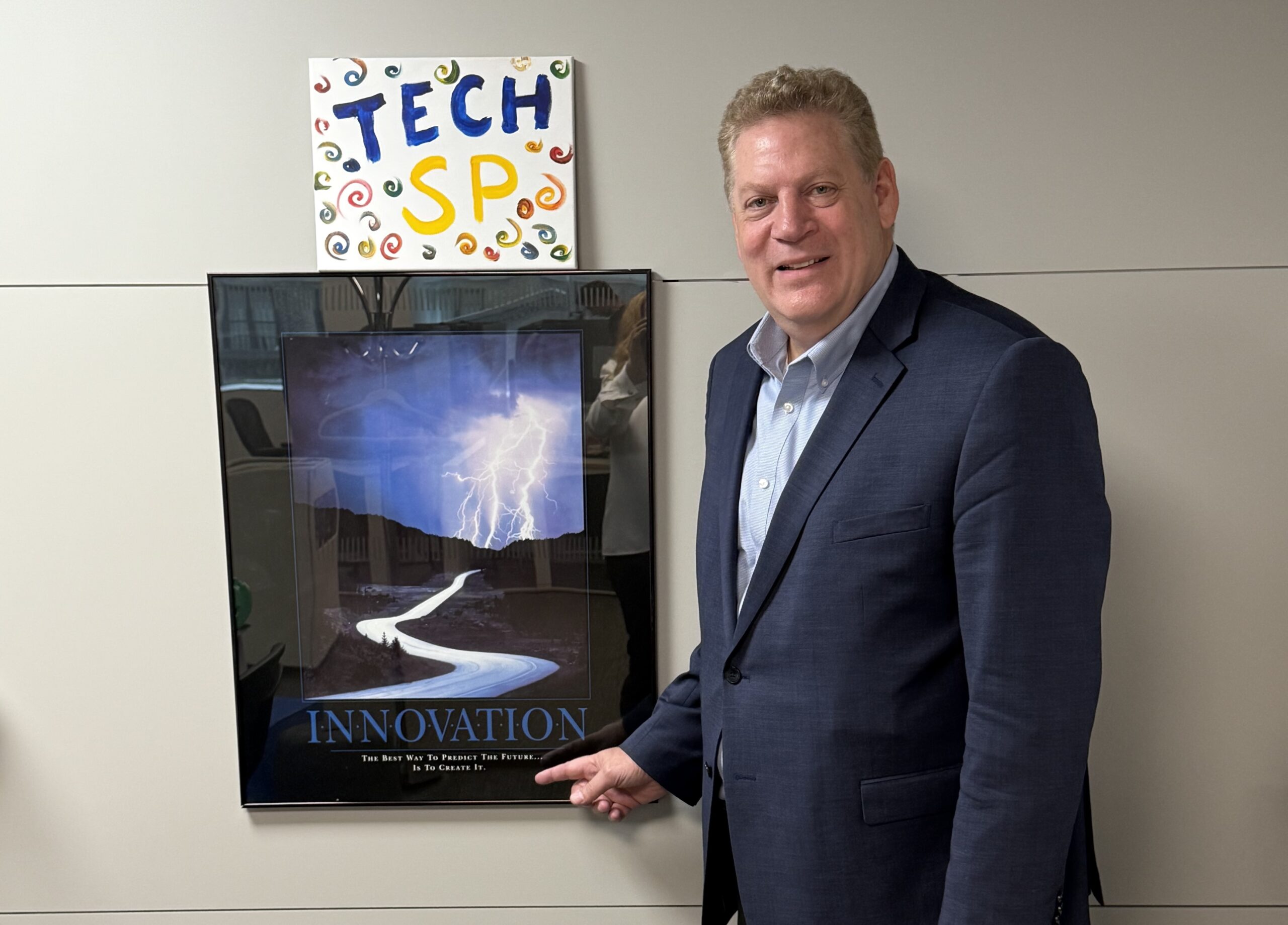Why Ferrovial’s CIO thinks custom beats cookie-cutter every time

Ferrovial, a Spanish conglomerate, is not exactly a household name in the United States, yet it manages highways in Florida and Texas, power plants in Texas, and is behind the construction of the new Terminal One at JFK airport in New York, one of its biggest projects yet.
The company also has its fingers in infrastructure projects of this ilk in Canada, the UK, Australia and Chile, among other places, managing airports, roads, mobility, energy and construction projects. With a market cap nearing $40 billion, they operate at massive scale presiding over mega projects.
This is not your typical company. It’s not a construction or engineering company, per se, yet is often involved in the design, financing, construction and operation of these mammoth assets. Even the category B2G (business-to-government, rather than business-to-business or business-to-consumer) is somewhat unique.
Such a business requires extremely efficient IT systems. They don’t have cookie cutter needs. Companies like this are often compelled to build customized systems that meet their unique requirements, which they sometimes package and sell to other firms.
I caught up with CIO Dimitris Bountolos recently to get a sense of how a company operates at this kind of scale and what it means to the person who is in charge of managing the IT systems that underlie it. As though that weren’t enough, Bountolos is also in charge of cybersecurity and procurement. It is a massive, massive level of responsibility for one individual.
It always starts with data
I may sound like a broken record, given the number of executives I interview that talk about the importance of good data governance, but data is the foundation for so much of the technology that matters today. For a company like Ferrovial it may be the most important of all, given the scope of the projects it has to manage or bid on in its daily operations and the importance of projecting usage of these systems as accurately as possible.
“Obviously, we run different types of technologies, but data is critical for us in order to assess the risk from a design point of view, understanding the offer and the demand,” Bountolos told FastForward. That’s in part because they have to understand the consumption for the given type of infrastructure such as water or traffic in order to forecast trends and understand costs sometimes well into the future.
“We need to be able to deploy and scale our internal platforms to capture hundreds of variables and assess from an analytical point of view, the projection, the forecast of the tendencies sometimes for decades into the future,” he said. That requires building business models with different scenarios, different assumptions and operating at the level where the information becomes a kind of secret sauce.

The company has been working with various analytics, machine learning and AI technologies for decades. It began experimenting with transformers as early as GPT 1.0. With the release of ChatGPT in November 2022, the company was able to move more quickly than most because of all the groundwork it had laid previously.
By taking advantage of its dataset, the company was able to use generative AI as a competitive advantage early on. “What we saw is that in a multi-modal analysis of the potential, many of the activities that we were running could be much more granular, could be much more precise, and we were able to extract many more insights [in real time]," he said. That helps them understand the impact of new infrastructure before it is designed by simulating hundreds of scenarios before building anything, Bountolos explained.
Yet that’s not the only way this company simulates potential outcomes.
Digital Twins in action
I’ve been hearing about the concept of digital twins for almost a decade, the notion of creating a digital representation of a physical asset in order to see a realistic representation of the impact of various scenarios. GE was working on this concept years ago, but Ferrovial has combined the notion of digital twins with virtual reality to help simulate real-world scenarios in massive virtual environments such as highways.
For example, say the company is planning regular road maintenance on one of the highways it manages in Texas. It can inject this scenario into the digital twin and see the current situation on the highway in real time, and what the likely impact would be in terms of congestion, safety and service by closing a lane for a given amount of time.

It takes advantage of another concept we’ve been hearing about in a theoretical realm for many years: the internet of things. Using a network of cameras and sensors, it can recreate the current traffic conditions, then measure the impact of various events before implementing anything in the real world.
Showing me a simulation of the highway digital twin, he described how this works. “This is a real view of the highway where you can see these cars are real cars, but with our cameras, we are converting it into a digital environment, but one where we can inject additional traffic and simulate any scenario,” he said.
Build versus buy and then some
Most companies weigh the pros and cons of building versus buying solutions. While some companies like Capital One build custom solutions primarily to meet regulatory requirements, Ferrovial has different motivations. The company builds rather than buys because off-the-shelf products simply can't handle its unique operational scale and complex infrastructure requirements.
That means that the company has to invest the resources internally to build solutions that are flexible enough for its needs, especially in areas like AI, data analytics and agentic automation. And not many off-the-shelf products can give it what it needs, especially as AI products have quickly become commoditized in his view.
“We have a very active culture of open innovation, working with academia, startups, incubators and venture capital all over the world.
In a move that he admits was a bit naive and quite adventurous, the company decided to develop its own large language models in 2023, taking advantage of the massive set of data the company had across its various sectors. That led to something even more interesting, selling the model to another company, opening up another business for Ferrovial.
They did this by partnering with DXC Technology in 2023 and just recently the company released a product based on the Ferrovial models called AI Workbench that is being sold commercially. DXC describes the product as “a generative AI offering which combines consulting, engineering and secure enterprise services to help businesses worldwide integrate and scale responsible AI into their operations.”
“We transferred our early stage code to DXC, and that was the seed of what at the beginning was like a joint venture, and today is being marketed as AI Workbench, a modular platform that DXC is selling and offering to many clients that started with what we created,” he said.
How startups contribute to innovation
A company like Ferrovial with its fingers in so many types of projects can’t afford to be complacent when it comes to technology, and tracking and working with startups is a big part of the conglomerate’s strategy to look for innovative solutions.
“We have a very active culture of open innovation, working with academia, startups, incubators and venture capital all over the world,” he said. This involves scanning 3000 to 4000 startups every year. They end up interacting deeply with just 100, building prototypes and experiments to see what they can eventually add to their technology portfolio.
As head of procurement, Bountolos understands that he has to tread carefully with young companies, and not ask for the same types of things he would from a large, established vendor like SAP, for example, in terms of payment terms or liabilities or any financial kinds of demands he makes on larger vendors.
Ferrovial provides essential services in partnership with governments around the world. With so many large-scale projects, the company relies on technology to gain a competitive edge, especially in predicting usage patterns and managing costs. Sometimes that means building solutions in-house; other times, it means collaborating with innovative startups. However it’s done, having a creative and expansive technology strategy is central to Ferrovial’s success.
Feature photo courtesy of Ferrovial.





